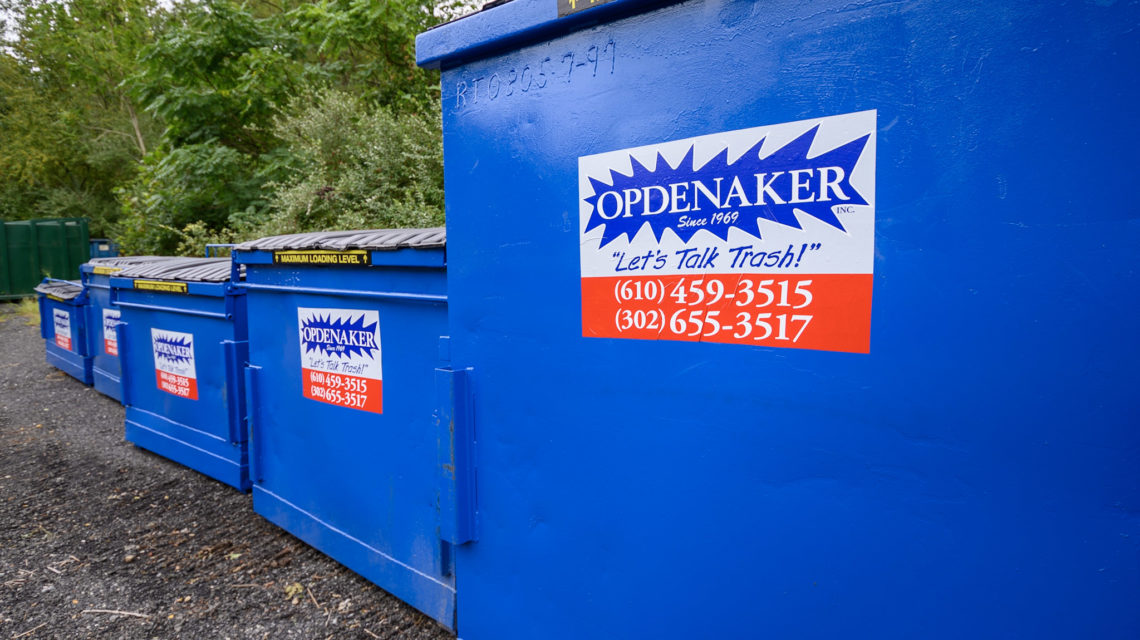Food waste is a major concern for many Americans today, as Americans in general generate about 21.5 million tons of food waste in a single year. Restaurants are left with something of a conundrum when it comes to food waste, as that might seem inherent to their business standards. They need enough food to operate, and they can’t exactly compromise the integrity of their kitchens by keeping food that is about to spoil and potentially create an unclean kitchen or storage space.
It’s important that restaurants have access to a commercial garbage disposal service so that they can maintain strict hygiene standards. That doesn’t mean your restaurant can’t cut down on their food waste. The question for many is how to do so effectively. Let’s look into how they can best handle the issue.
1. Use The First In/First Out Method
Many restaurants have adopted the first-in/first-out method, otherwise known as FIFO, to cut down on food waste. This essentially organizes a restaurant’s food inventory so that the oldest items will be used first. This cuts down on the spoiling of food. Spoiled food is no good to anyone and will usually be taken care of by trash pick up services.
Taking care of older food first before it spoils ensures that restaurants are doing their part to cut down on food waste in a major way. It also creates a system that is easy to follow. If one shipment of food was received on Tuesday and the other on Thursday, you would use the Tuesday shipment first. While this does mean that staff will spend more on stocking and unloading shipments due to the need for strict organization, it also means that less food will go to commercial garbage disposal services, and therefore it’s ultimately a good idea.
2. Calculate Days On Hand
Days on hand is used to refer to the number of days that a restaurant will keep inventory before selling it. This is a great way to cut down on food waste because it gives you a more accurate idea of how much food you’re actually ordering so that you don’t over-order it. If you were calculating the days on hand for steaks, for example, you would take the amount of steak that you order for a week, and divide that by how much steak you use, on average, per day. The result would be the number of days that you keep steak on hand.
The only trouble here is that different seasons can be busier for restaurants than others, so there may be different amounts of days on hand throughout the year. It’s a good system to run by in order to make sure that you don’t order too much food that ultimately goes the way of commercial garbage disposal services, but you may still end up throwing some food away ultimately. Cutting down on food waste is one thing, but completely eradicating it is more challenging.
3. Utilize Multi-Use Ingredients
Get creative with ingredients. Many restaurant ingredients can show up several times on a menu without patrons being concerned because those ingredients have been transformed. For example, the same potatoes that are used to create gourmet fries could also be used to create decadent mashed potatoes. The more uses you have for an ingredient, the more likely it will be that the ingredient will be eaten versus disposed of by commercial garbage disposal services.
Restaurants should not only cut down on their food waste but work with a local recycling company like Opdenaker to make sure that they’re as sustainable as possible. Through simple steps, restaurants can help move towards a more sustainable future. Of course, to keep your restaurant in sanitary, it’s important to do away with spoiled food when necessary to keep a clean kitchen. To learn more about our local trash removal and recycling, contact us today.

